Looking to add a touch of nature to your home decor? Check out these 10 beautiful plants that are sure to spruce up any space!
If we could see the miracle of a single flower clearly, our whole life would change.
Top 10 Beautiful Plants To Decorate Your Home
Plants are a great way to add life and color to your home, but it can be tricky to figure out the best way to display them. If you’re looking to boost your concentration and focus, consider adding some of these plants to your home or office.
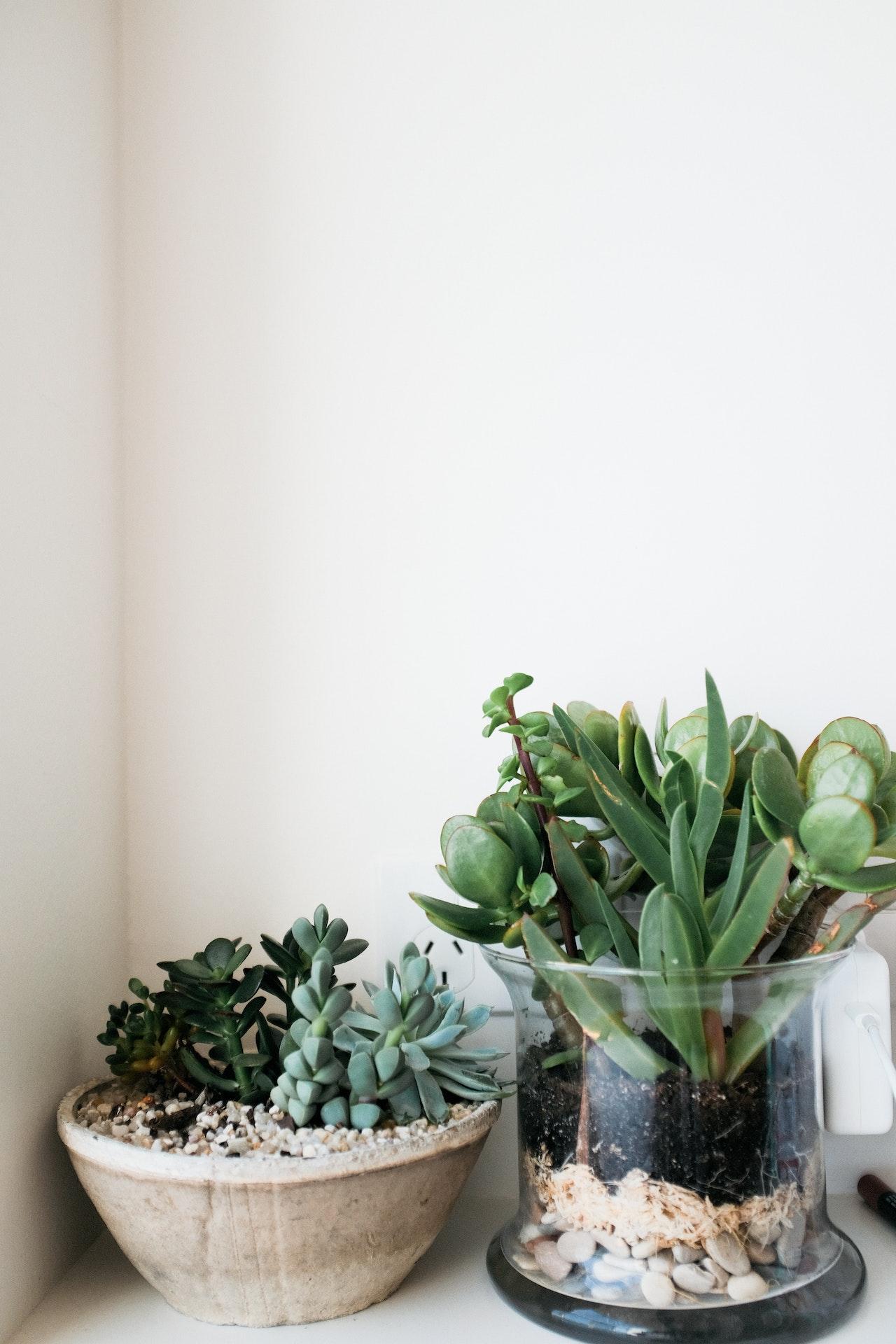
Credit: Pexels
Here are 10 great options to choose from:
1. Fiddle Fig Leaf
Ficus lyrata, also known as the fiddle-leaf fig, is a popular indoor plant that is easy to care for and can thrive in a variety of conditions. Although it is native to tropical regions, the fiddle-leaf fig can be found in homes and offices all around the world.
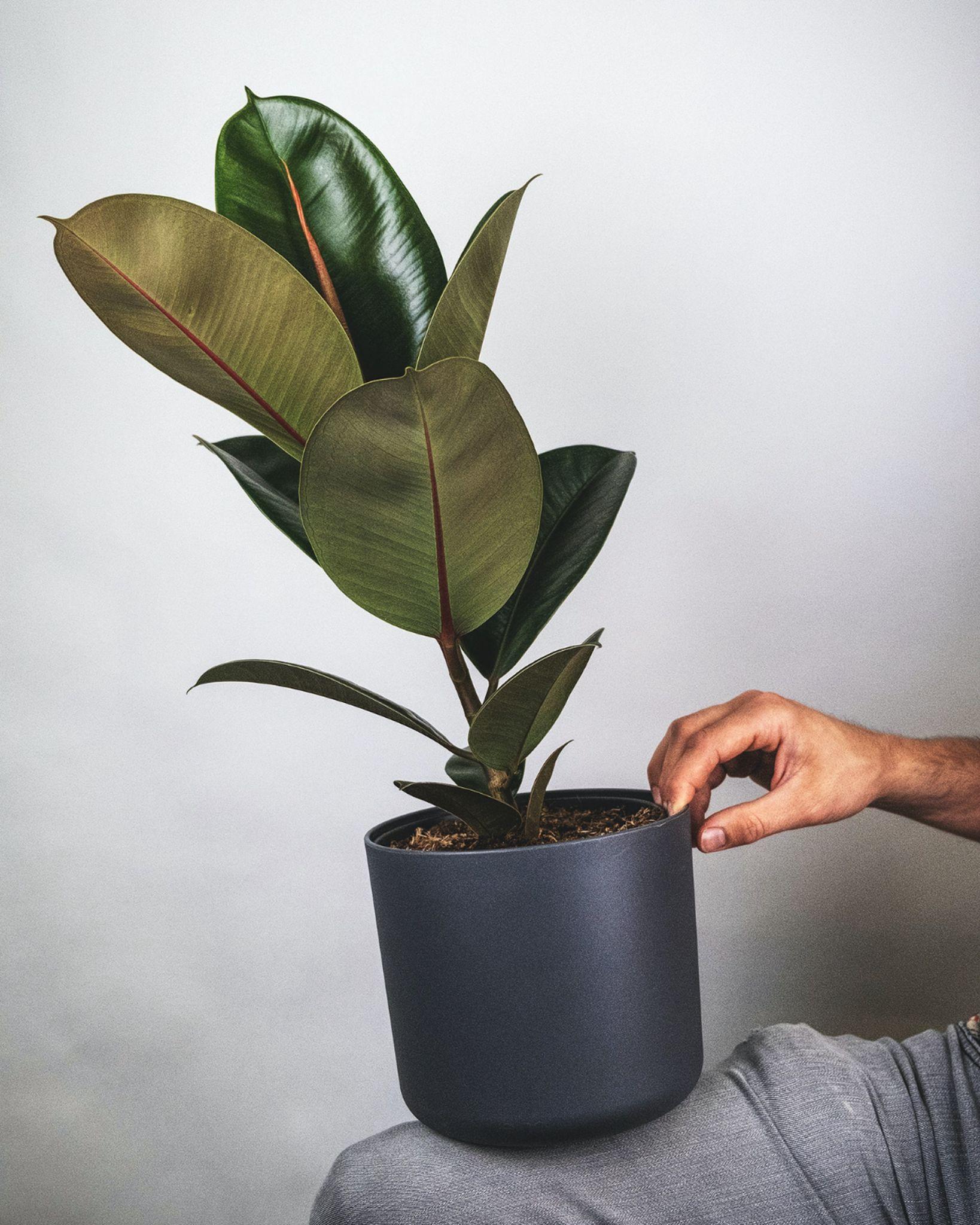
Credit: Unsplash
The fiddle fig leaf plant is a beautiful plant ideal for use in indoor spaces. These plants tolerate neglect and can do well in bright, indirect light. They also have many health benefits. If you are looking for a plant to brighten up your indoor space, the fiddle-leaf fig is a great option.
2. Snake Plant
The snake plant, also known as the mother-in-law’s tongue, is a great plant for improving concentration. They are great plants for purifying the air. It removes toxins and helps to improve the quality of the air. It is known to be very efficient in absorbing carbon dioxide and releasing oxygen, making it ideal for use in offices and other indoor spaces.
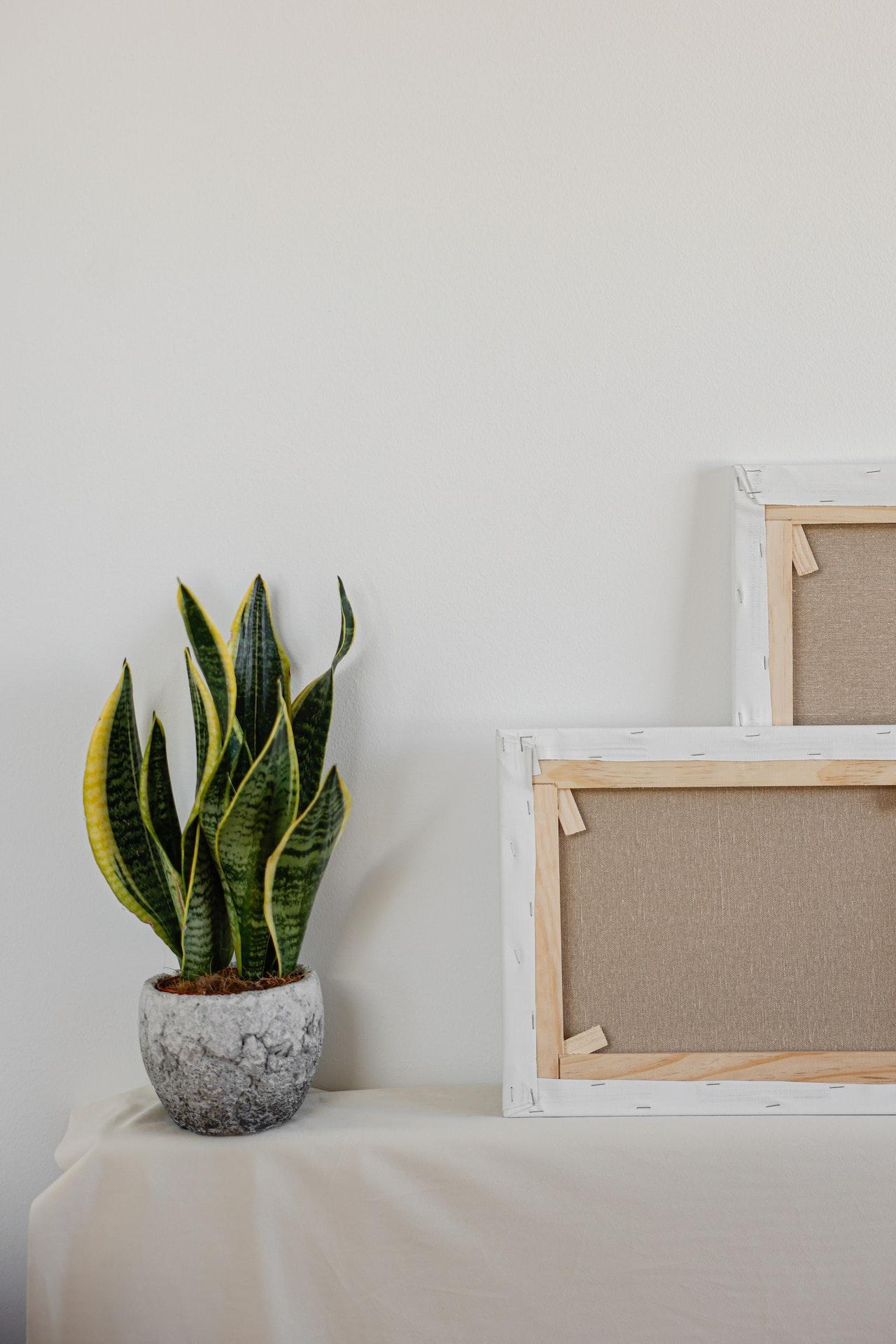
Credit: Pexels
3. Philodendron
The philodendron is another plant that is great for improving concentration. It is known to be effective in reducing carbon dioxide levels and increasing oxygen levels in the air.
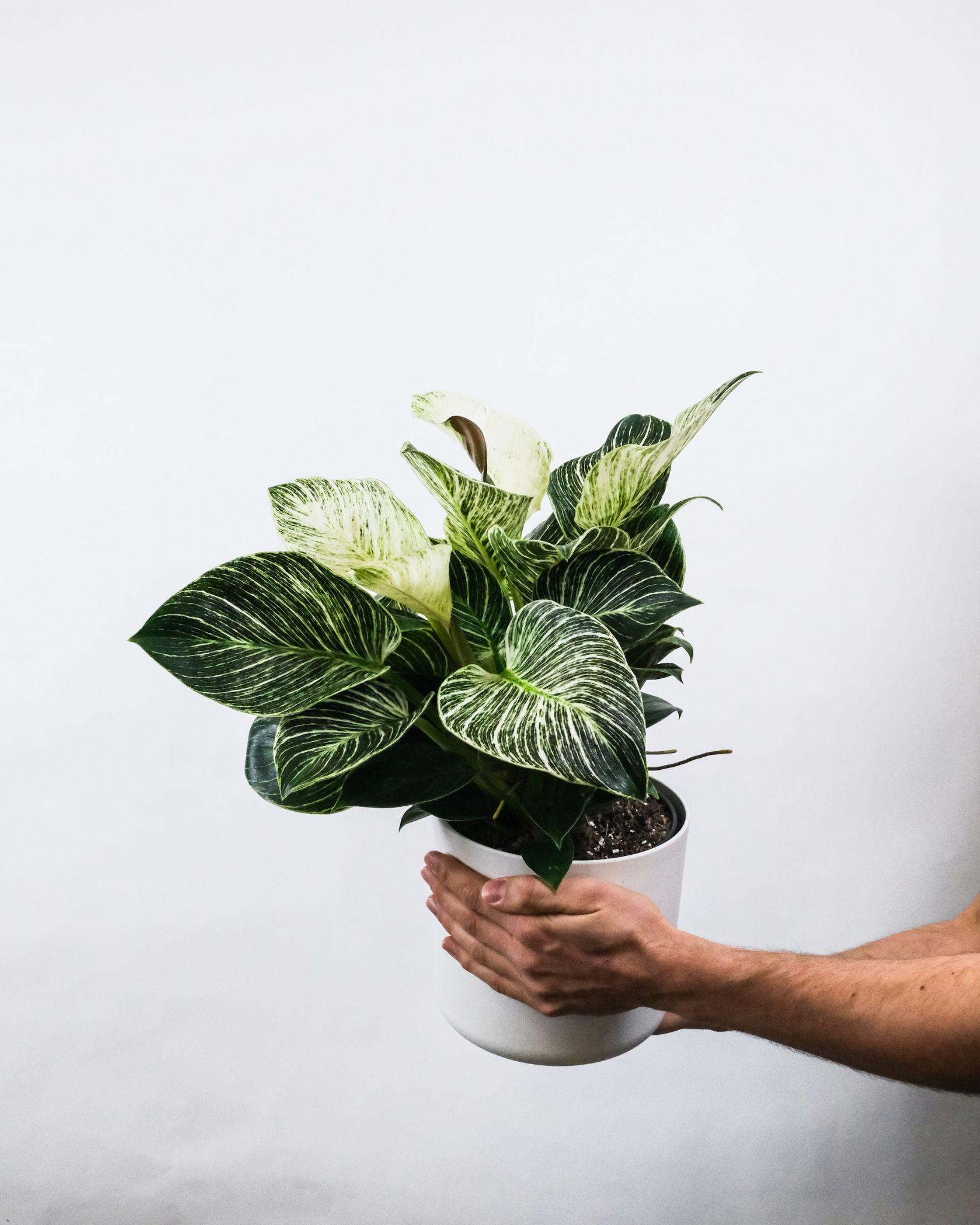
Credit: Unsplash
4. Spider Plant
The spider plant is also known to have many benefits. These plants are great air purifiers because they remove toxins, absorb carbon dioxide and release oxygen, which makes them ideal for use in offices and other indoor spaces.
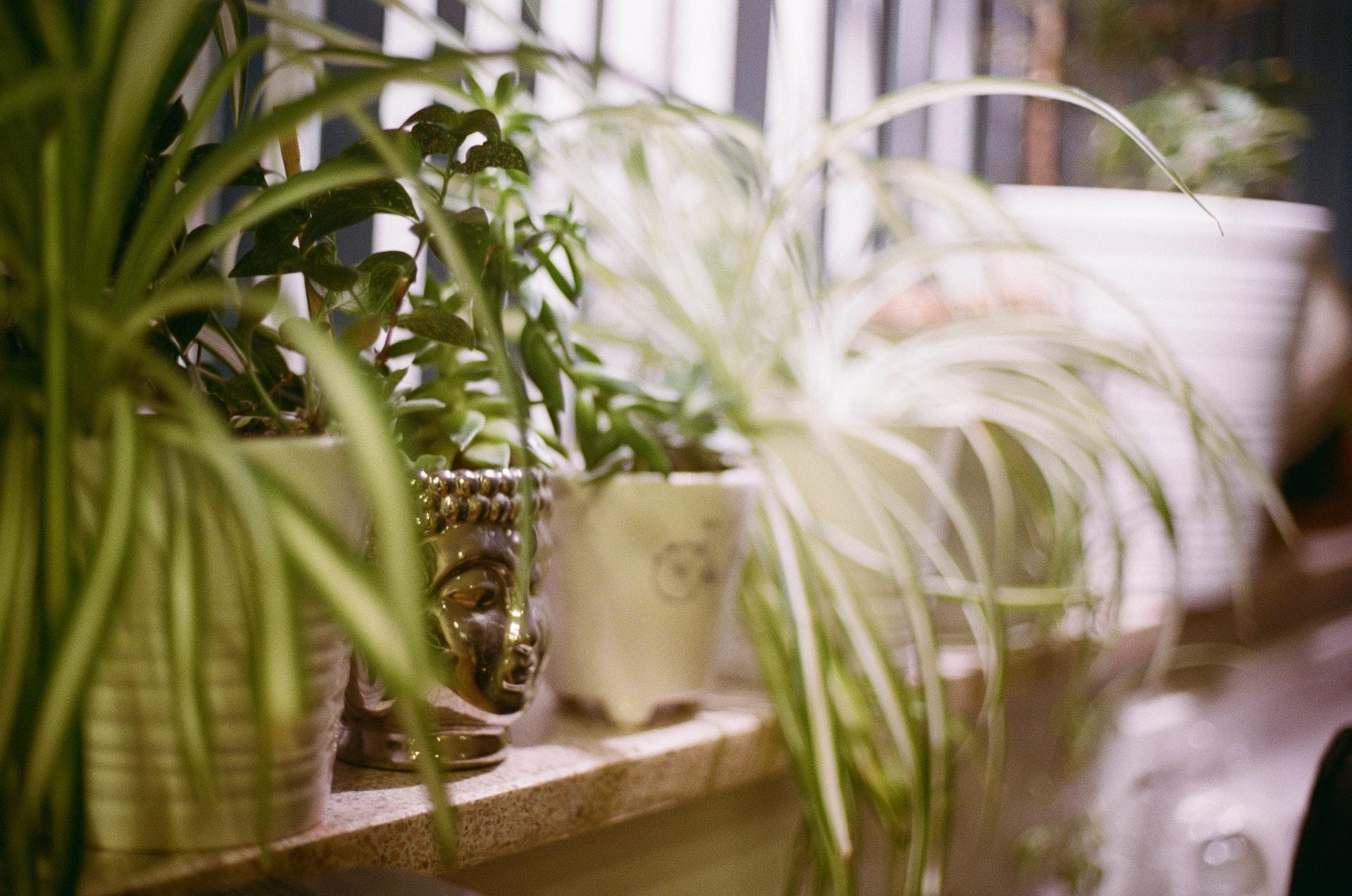
Credit: Unsplash
5. Peace Lily
The peace lily is a beautiful, flowering plant that is known for its ability to purify the air. It can help to remove harmful toxins and pollutants from the air, making it a great choice for those who suffer from allergies or asthma.
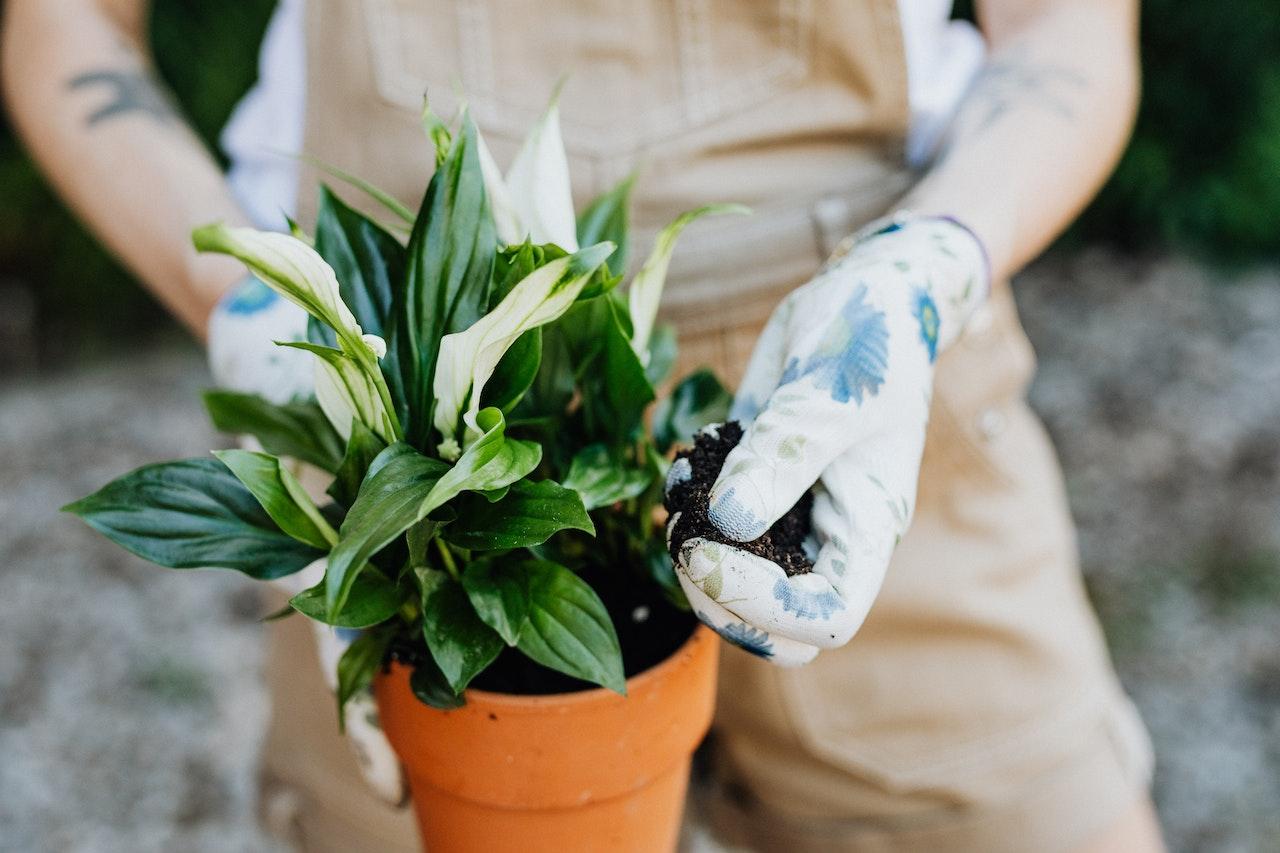
Credit: Pexels
The peace lily is also known to promote better sleep. The plant emits a calming scent that can help to ease you into a restful slumber.
6. Boston Fern
The Boston fern is another plant that is known to be effective in improving concentration and focus. They are great plants for purifying the air. They remove toxins and help to improve the quality of the air.
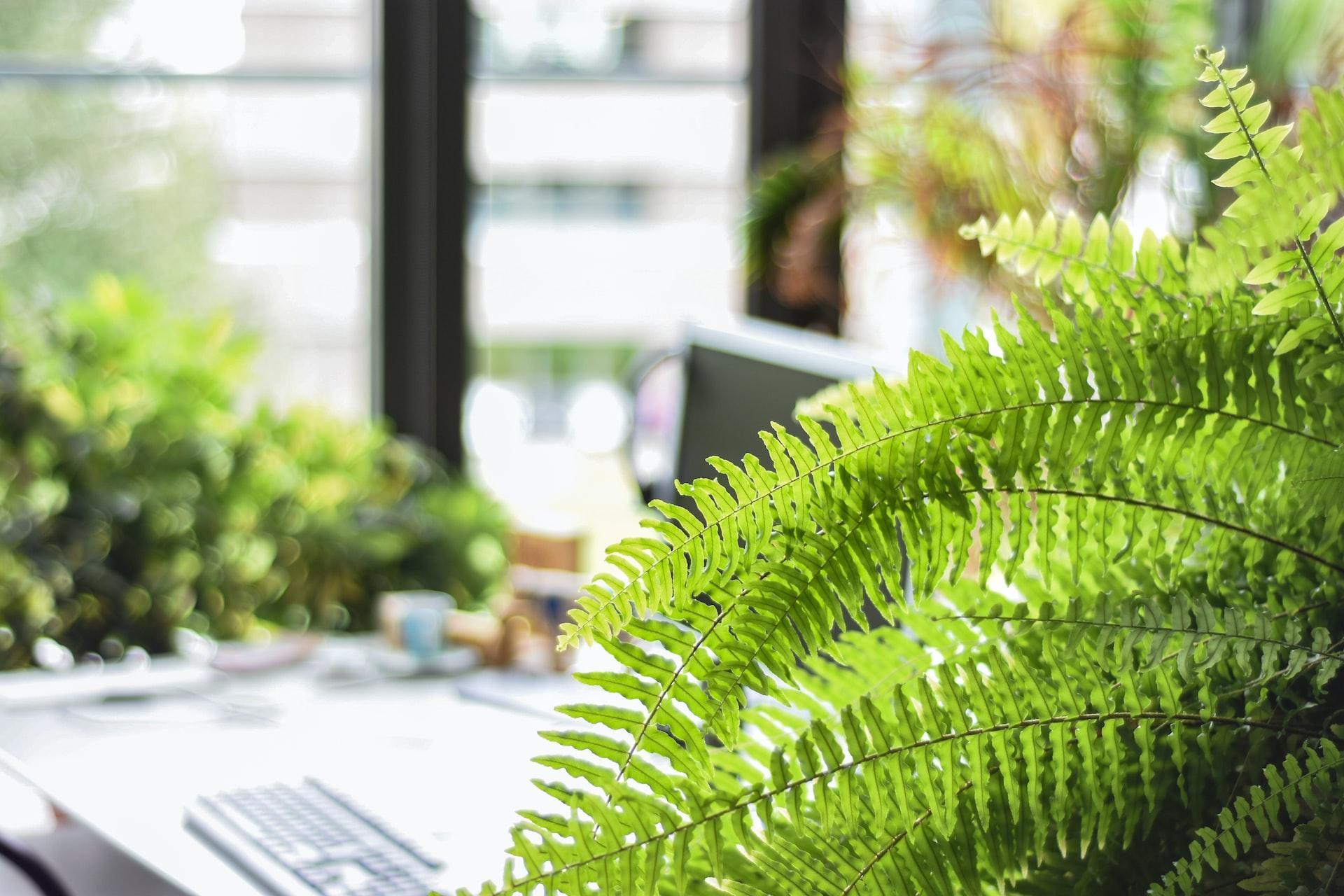
Credit: Unsplash
7. Aloe Vera
Aloe vera is a succulent plant that is known for its healing properties. It can help soothe sunburns, cuts, and scrapes. But did you know that aloe vera can also help you sleep better? This plant emits oxygen at night, which can help to reduce stress and promote a restful night’s sleep. They are ideal plants to place in the bedroom.
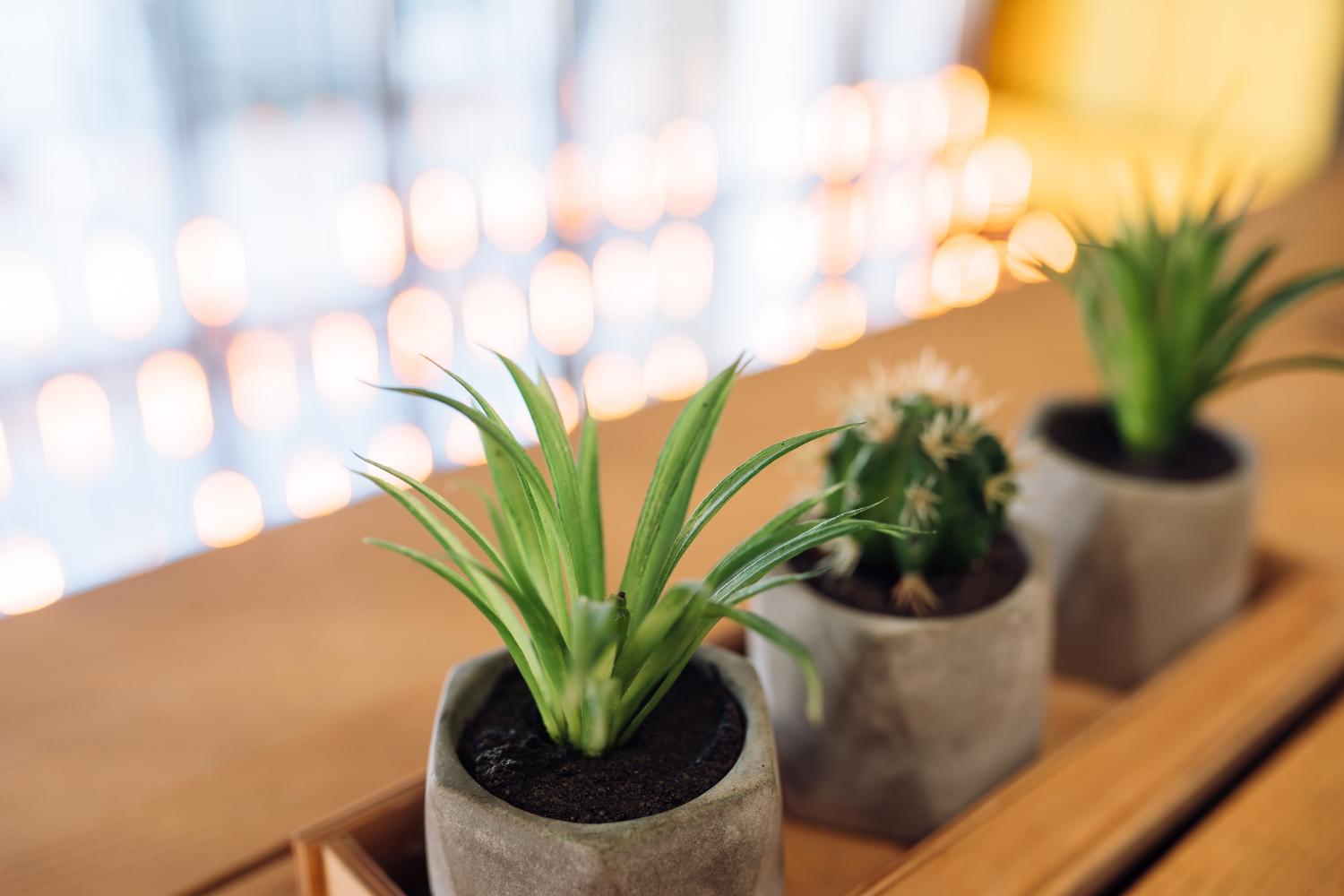
Credit: Freepik
8. Bamboo Palm
The bamboo palm absorbs carbon dioxide and releases oxygen, making it ideal for use in offices and other indoor spaces.
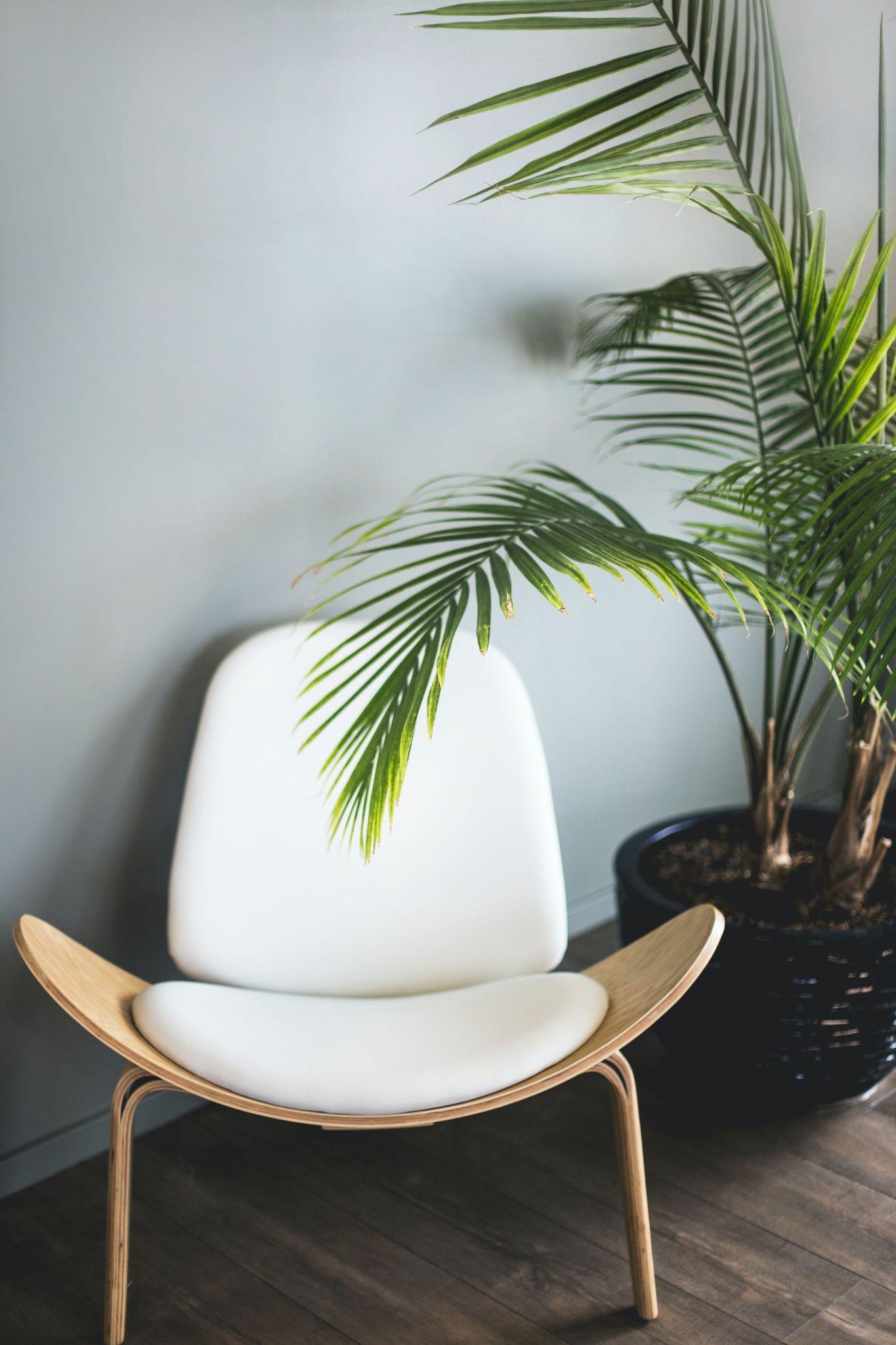
Credit: Unsplash
9. Gerbera Daisy
The Gerbera daisy is a beautiful plant that is also known to be effective in improving concentration and focus, and it’s ideal for use in offices.
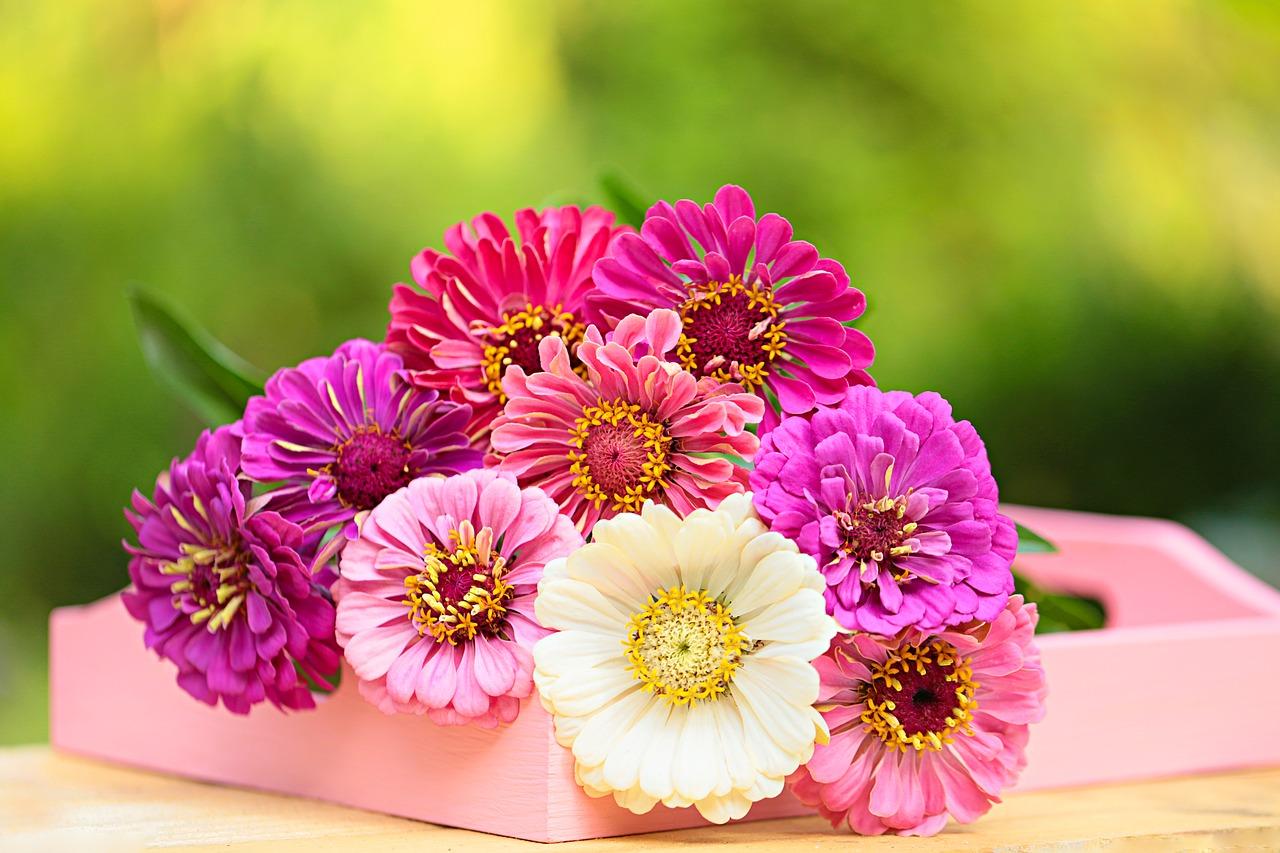
Credit: Pixabay
10. Rubber Plant
The rubber plant is a great plant that is known to be very efficient in absorbing carbon dioxide and releasing oxygen, making it ideal for use in offices and other indoor spaces.
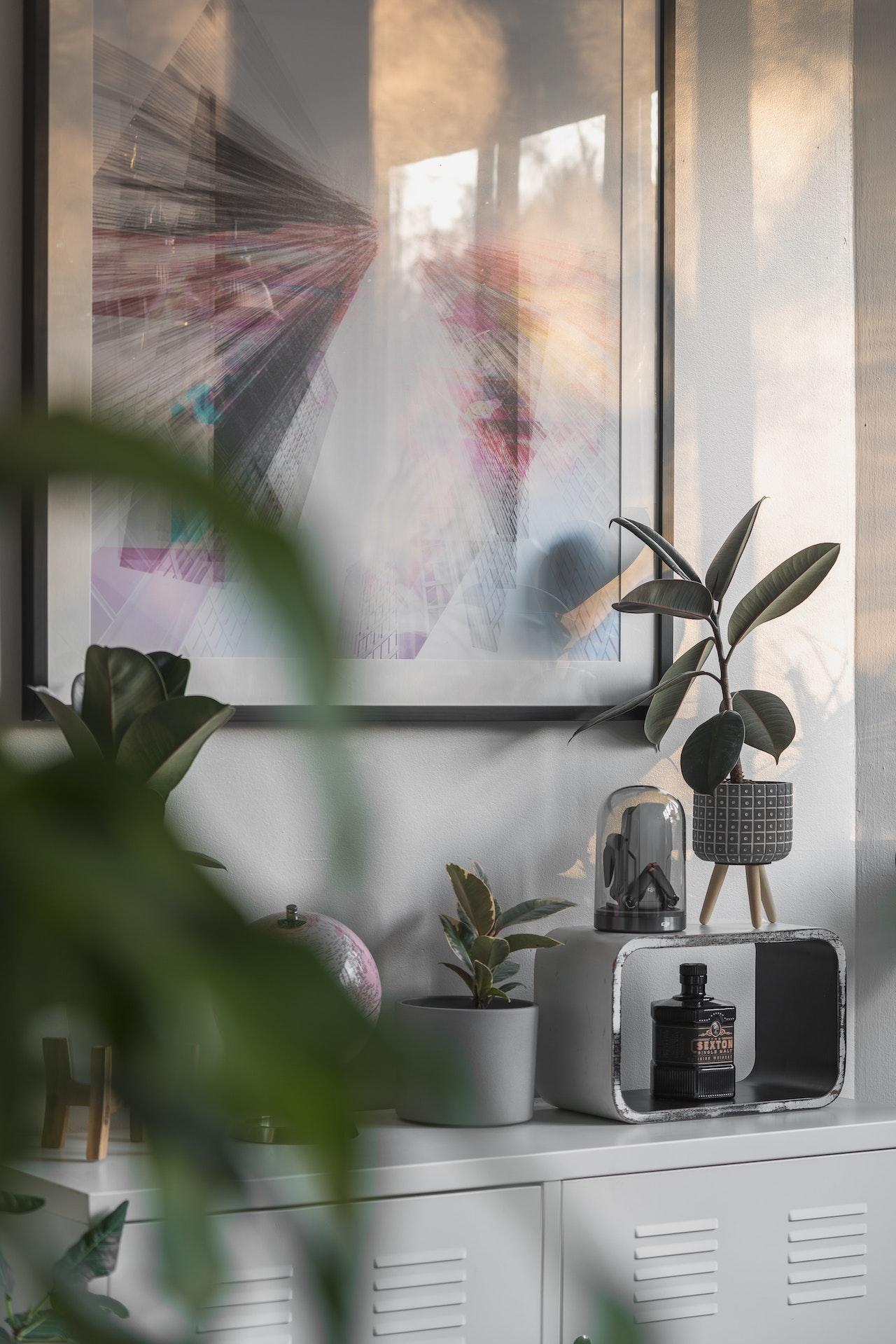
Credit: Pexels
The Best Plants For Different Rooms
Houseplants can brighten up any room and purify the air, but not all plants are suitable for all rooms.
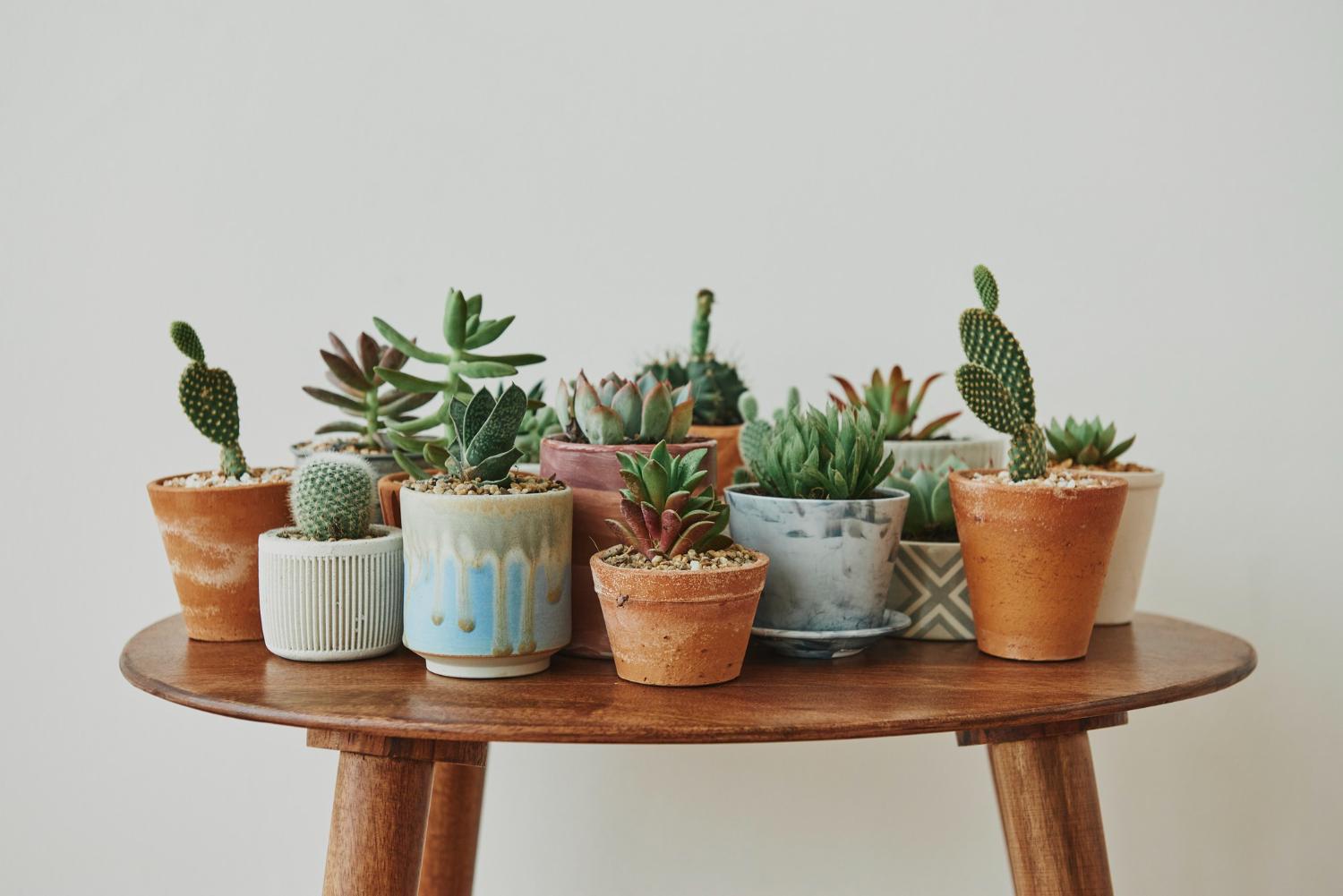
Credit: Freepik
Here are some of the best plants for different rooms in your home.
1. Living Room
The best plants for the living room are spider plants and peace lilies. Both of these plants thrive in indirect sunlight and can tolerate low light conditions. Spider plants are also known for being easy to care for, making them ideal for busy households. Peace lilies are beautiful plants that can help to purify the air in your home.
2. Kitchen
If you have a bright, sunny kitchen, then cacti and succulents are the perfect plants for you. These plants thrive in sunny, dry conditions and don’t need much water to survive. Cacti and succulents are also very low maintenance, so they are perfect for busy households or for those who don’t have much time for plant care.
3. Bathroom
For a bathroom with good light, try a fern or a bamboo plant. Both of these plants love humidity and thrive in moist conditions. Ferns are also known for being easy to care for, making them a good choice for busy households. Bamboo plants can grow quite large, so make sure you have enough space for them to thrive.
4. Dark And Shady Room
If you have a dark, shady room in your home, then try a snake plant or a philodendron. These plants can tolerate low light conditions and don’t need much sunlight to survive.
Snake plants are also known for being easy to care for, making them a good choice for busy households or for those who don’t have much time for plant care. Philodendrons are beautiful plants that can add a touch of elegance to any room.
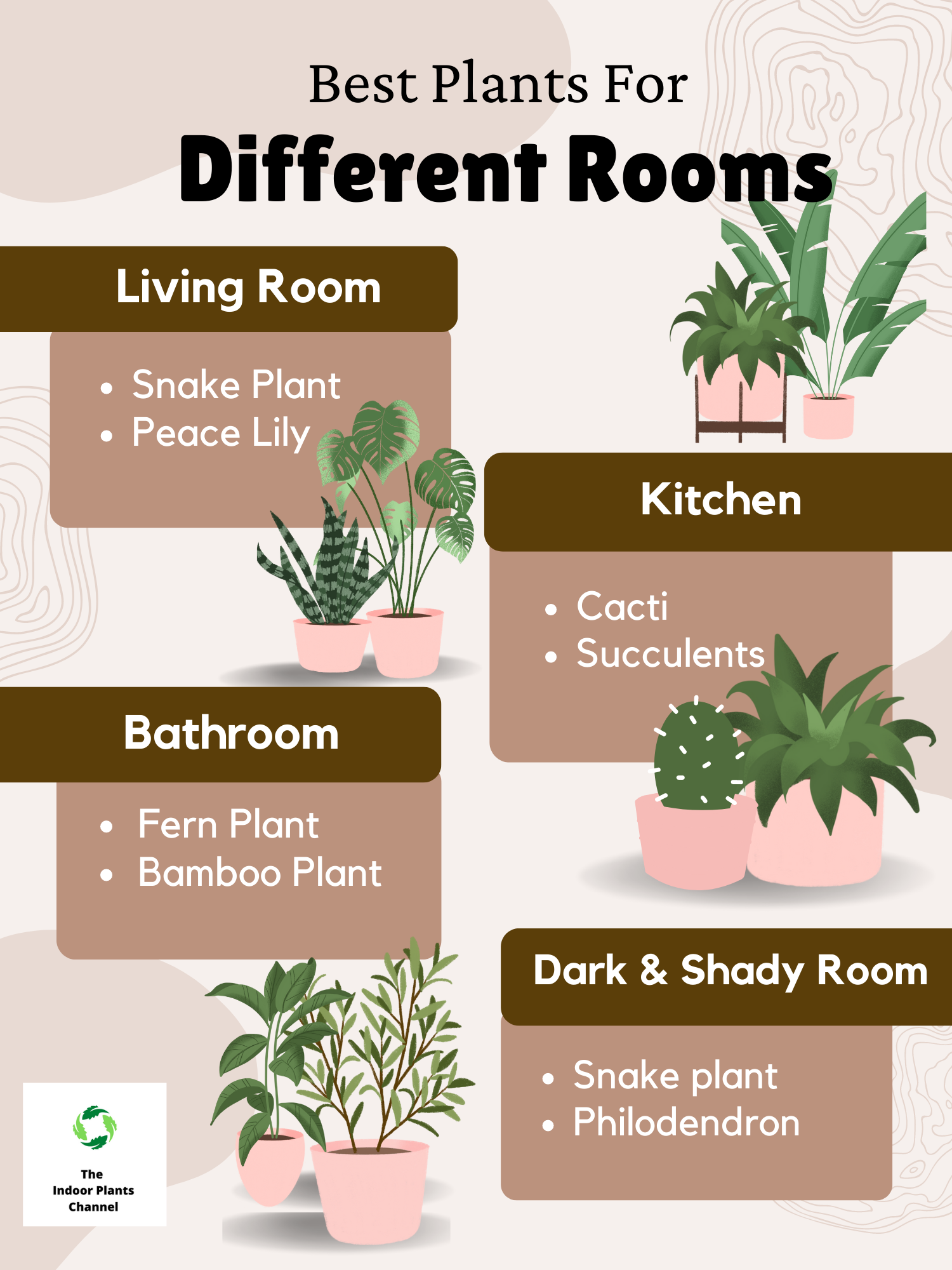
5 Tips To Best Display Your Plants
Plants add life to any house, but it is difficult to choose a place for them. It will be an easy task if you choose a focal point in the room and build your plant display around that. For example, if you have a fireplace, you could arrange a few plants on the mantelpiece or shelves on either side of the fireplace.
Alternatively, you could create a plant display on a windowsill or in a corner of the room. By choosing a focal point and building your plant display around it, you can create a stunning and eye-catching display that will bring your room to life.
Here are a few tips to help you show off your plants in the best possible way:
- Group plants together for a fuller, more impactful look.
- Place taller plants in the back and shorter plants in the front to create a sense of depth.
- Use different types of plants to create visual interest and variety.
- Incorporate plants into your existing decor for a cohesive look.
- Be creative with your plant placement and have fun!
Expert Ideas
- Place your houseplant in a bright spot in your home to help it thrive.
- Use pebbles or rocks to create a drainage layer at the bottom of the pot to help prevent root rot.
- Place your houseplant in a pot that has a drainage hole to allow excess water to escape.
- Water your houseplant regularly, but allow the soil to dry out between waterings to prevent root rot.
- Fertilize your houseplant every few weeks to help it grow.
- Prune your houseplant regularly to encourage new growth.
- Dust the leaves of your houseplant to keep them healthy.
- Avoid placing your houseplant in direct sunlight, as this can scorch the leaves.
- Houseplants can purify the air in your home, so choose a spot where they will get plenty of air circulation.
- Have fun experimenting with different ways to decorate your houseplants!
Bonus Tip
A great tip for decorating with houseplants is always to choose the plant which is according to your preference. If you are busy, choose a plant that can tolerate neglect.
Frequently Asked Questions
1. Where should I put my houseplants?
You can put houseplants almost anywhere in your home, as long as they’ll get the right amount of light. Some good places to put them are near a window, on a shelf, or a table.
2. How often should I water my houseplants?
It depends on the plant. Some plants need to be watered every day, while others only need to be watered once a week. Check the label on the plant or ask a nursery worker how often you should water it.
3. What kind of pot should I use for my houseplant?
It depends on the plant. Some plants need a pot that has drainage holes, while others need a pot that doesn’t have drainage holes. Check the label on the plant or ask a nursery worker what kind of pot you should use.
4. What kind of soil should I use for my houseplant?
It depends on the plant. Some plants need a potting mix that is specifically for houseplants, while others need a potting mix that is for cactus and succulents. Check the label on the plant or ask a nursery worker what kind of potting mix you should use.
5. How often should I fertilize my houseplants?
It depends on the plant. Some plants need to be fertilized every week, while others only need to be fertilized once a month. Check the label on the plant or ask a nursery worker how often you should fertilize it.
6. I’m going on vacation. What should I do with my houseplants?
If you’re going to be gone for more than a week, you should ask a friend or neighbor to water your plants for you. Or, you can put your plants in a self-watering pot.
Conclusion
If you’re looking for a way to add some life to your home decor, why not try incorporating some beautiful plants? Not only do plants add visual interest and texture to a space, but many of them also purify the air, boost your mood, and help reduce stress levels. So why not go green and beautify your home at the same time?
Michelle Wilde
Related posts
4 Comments
Leave a Reply Cancel reply
![]()
About Michelle Wilde
Michelle Wilde is a stay-at-home mom and avid plant lover. Armed with a post-graduate degree in Computer Science (no kidding!), she loves researching plants and landscapes. When she is not caring for her 4 kids, she spends time on her passion for plants. She blogs at www.indoorplantschannel.com, the trusted source for indoor plants.
Learn more
Subscribe
* You will receive the latest posts and updates about indoor plants!
Search
Recent Posts
Categories
- Beginner Guides (10)
- FAQ (206)
- General (2)
- How-To Guides (212)
- Indoor Plants (214)
- Pest Management (2)
- Plant Problem Solutions (4)
- Seasonal Growing (2)
- Specialized Environments (2)
- Specific Plant Care (3)
- Technical Growing (2)
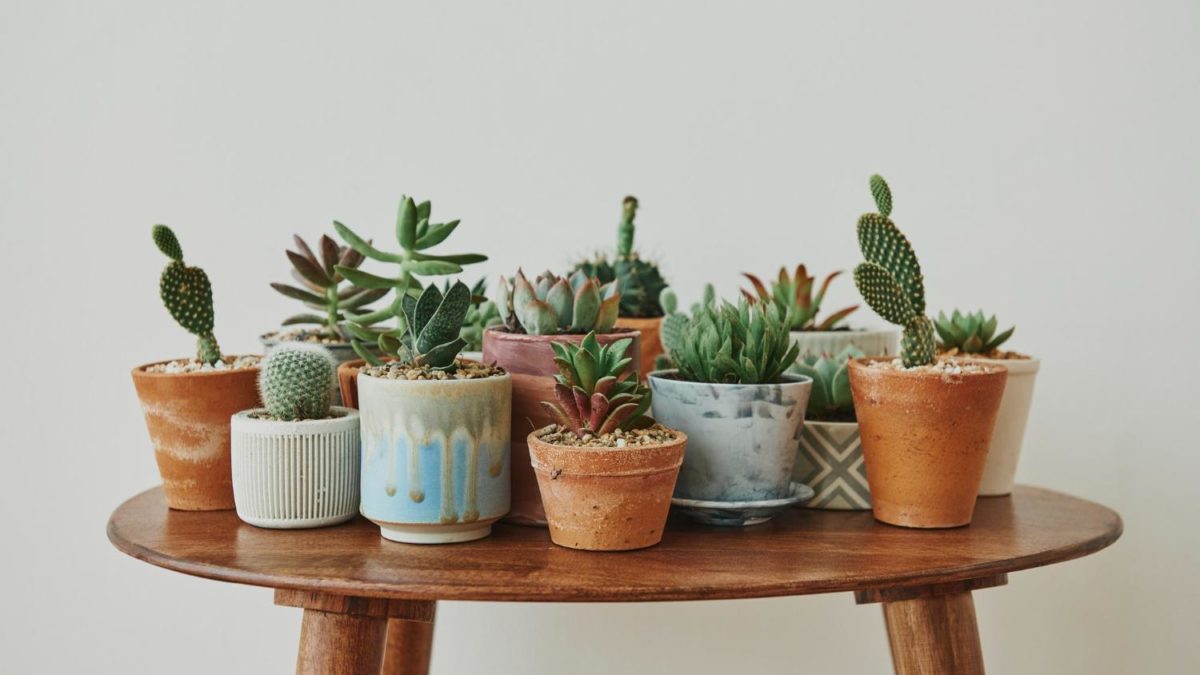
[…] Areca palm is a beautiful plant that can grow up to six feet tall. It is known to purify the air and help reduce stress levels. […]
[…] plants can be just as beautiful as fast-growing […]
[…] houseplants can add a unique touch to your home decor, and they can also help to purify the air. Additionally, some people believe that these plants have […]
[…] are a type of tropical plant that can grow up to 15 feet tall. They’re often used as decorative plants in homes and offices, and they’re known for their ability to purify the […]